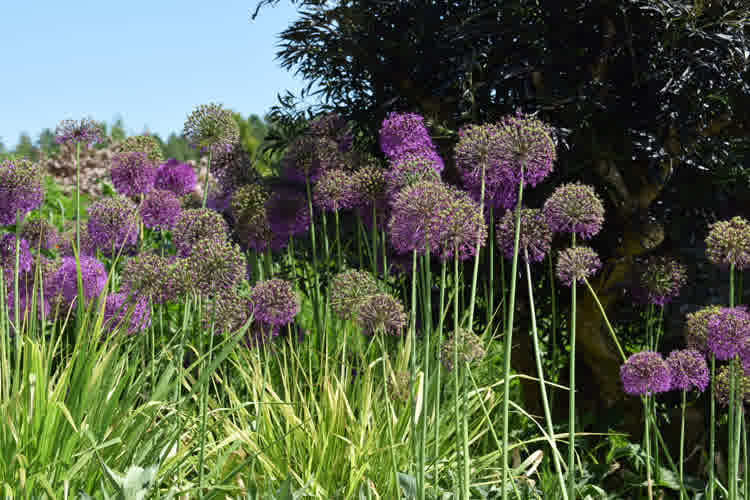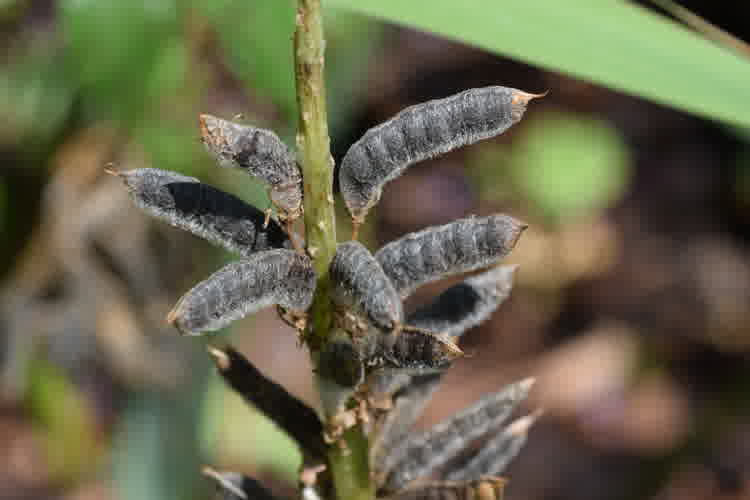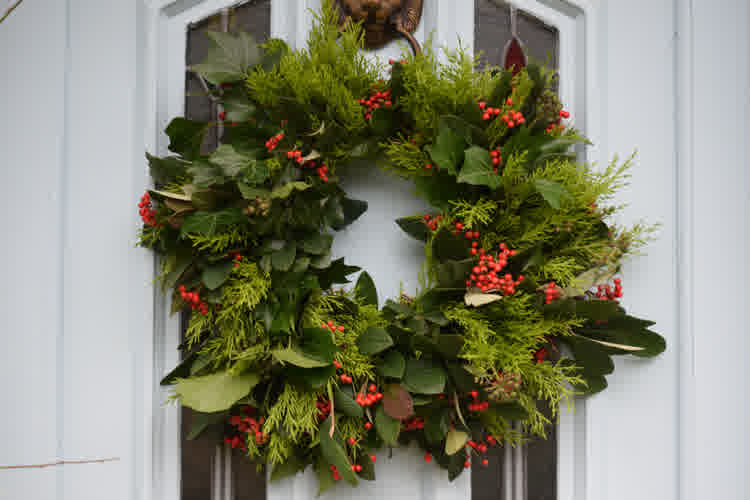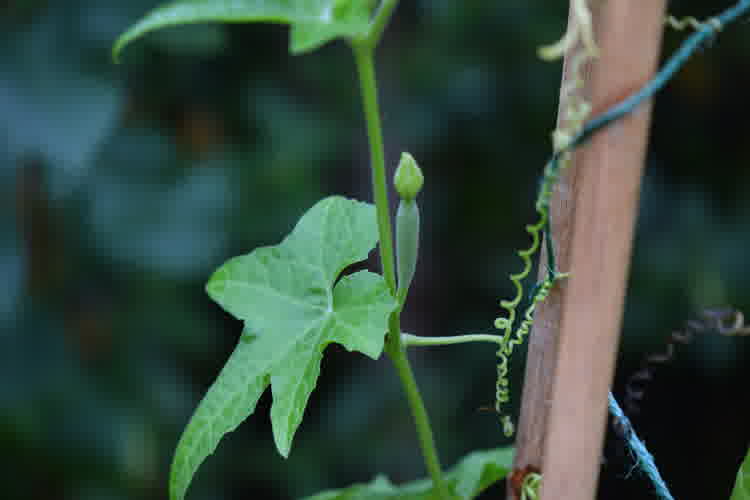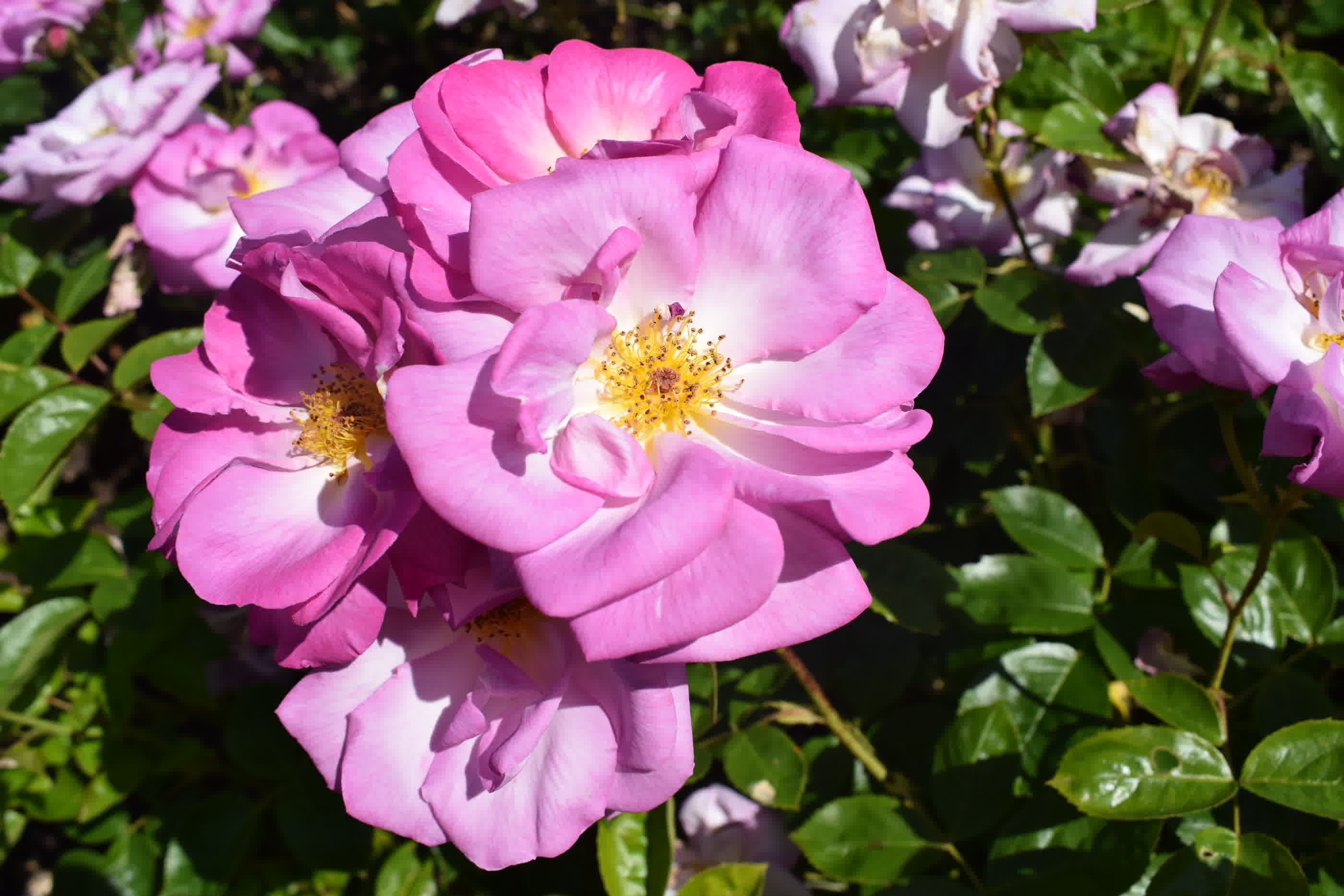
Roses
Table of Contents
Varieties

With such a large variety of roses, it can be tricky to decide which type(s) to grow.
They range in colours such as red, white, peach, pink, orange, purple and even some shades of green and light blue/lilac.
There are also multiple types of roses, such as climbers, ramblers, ground covering, patio and shrubs.
Climbers are great for growing up fences, walls or other garden structures. Most climbing roses are repeat-flowering, blooming for long periods from late spring to mid-autumn and can be scented.
Rambling roses are not the same as climbers, although they are also great grown over walls and other garden structures. They tend to be more vigorous than climbers and put on a fragrant and spectacular bloom in mid-summer with many clusters of small to mid-size flowers.
Patio roses are perfect for growing in containers reaching around 2ft tall.
Shrub roses are probably what most people think of when it comes to growing roses. They tend to start flowering in early summer and continue to bloom well into late autumn. They're great towards the back of flower beds, along borders, or even as short hedging.
Roses are perennial plants, although some are hardier than others.
Shrub, climbers and ramblers tend to be the hardier, more resilient types.
Planting
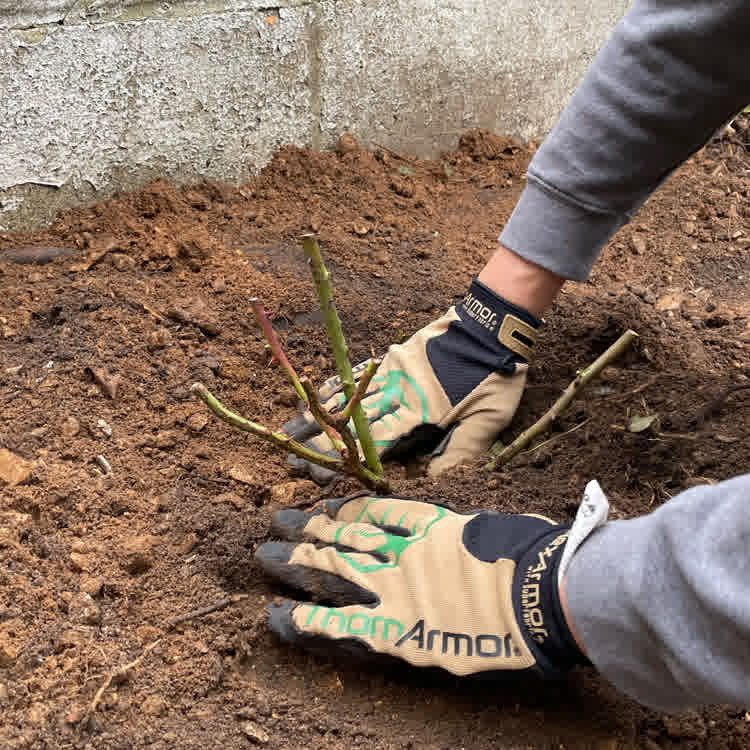
The best place to plant roses depends on the type you have.
Most roses, however, will do best in full sun and rich, well-draining soil. Some varieties may be able to grow in less fertile soils. However, almost all varieties will not grow well in soil prone to waterlogging. Some varieties will also tolerate partial shade.
Plant bare root roses between November and March. They should be readily available to purchase from garden centres and online during these months. However, avoid planting them when the ground is frozen.
The sooner you plant them after receiving them, the better!
Once you're ready to plant them, place the bare root roses into a bucket of water for at least an hour before planting.
Dig a hole to the depth of a spade (35-40cm) and twice the width of the bare root roses you are planting.
Loosen the bottom of the hole with a garden fork, making the soil less compact.
Mix in a spadeful of well-rotted organing material.
At this point, you can add a general fertiliser or apply mycorrhizal fungi. Follow the manufacturer's instructions for application. However, do not use both. Either opt for fertiliser or mycorrhizal fungi, as fertilisers will negatively impact the fungi.
Place the bare root rose into the hole. Lay a cane across the hole to gauge the height at which the plant will sit once the hole is filled. You want the base of the stem, where it meets the root, to be just below the soil surface level, between 1 to 2 inches.
Before backfilling the hole, mix the excavated soil with the well-rotted organic material. Once done, backfill the hole.
Firm in the soil using your foot and water the rose well.
Roses that have been grown in containers can be planted throughout most of the year. However, avoid planting when the ground is frozen or during drought conditions.
Dig a hole as deep as the container and twice as wide.
Place the plant in, use a cane to judge the height, and again aim to have the base of the stem an inch or two below the surface.
Mix the excavated soil with well-rotted organic material, then backfill the hole.
Firm the soil and water well.
Ongoing care
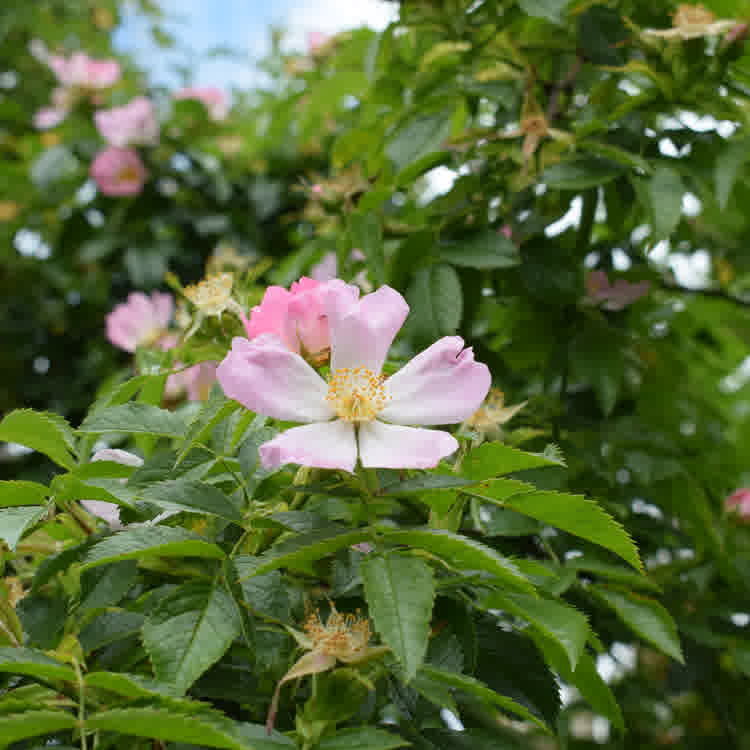
In the first two growing seasons after planting, roses require more frequent watering. Water regularly through the growing season, keeping the soil moist.
After this period, the plants should require less watering as their root systems will be well established.
Roses tend to be one of the more hungrier plants. They can benefit from regular feeding, especially repeat flowering roses.
How and when you fertilise your roses can vary depending on the type of fertiliser you use. Always follow the direction on the pack. Some fertilisers are slow releasing and can be as little as once to twice a year. Other fertilisers can be as frequent as every 2-3 weeks whilst the plant is in bloom.
Applying a general fertiliser or rose feed at the start of the growing season can be beneficial. Once watered, cover the ground around the rose with a mulch straight after this application of fertiliser.
Adding mulch around your roses is a great way to keep the soil moist. If you are using a slower decomposing mulch like bark chips it can be advisable to rake the mulch aside before feeding to ensure the fertiliser can penetrate the soil and reach the roots.
When it comes to pruning roses, there's not really a "one size fits all" solution, as their needs vary by type.
Prune during late winter, Jan - Feb.
Younger shrubs, planted within the last two growing seasons, should only be pruned lightly. Focus on removing any dead or diseased stems.
More established plants can be pruned more aggressively. Cut the stems back by 30-50%. You can also start to shape your more established plants by removing rubbing branches or any compacted areas. Pruning to an outward-facing bud can avoid compacted growth the following growing season.
Deadheading spent flowers will promote more to grow well into late autumn.
Climbing roses should also be pruned in late winter, Jan-Feb.
As with all roses, remove any dead or diseased stems. Prune the side shoots down to 3-5 buds. Remove any crossing or rubbing stems. Tie the previous year's shoots into the support.
Pruning rambling roses differ from the above.
Prune during late summer, after they have finished blooming. Most rambling roses bear one flush of flowers per growing season.
Do not prune into the current year's growth, as most ramblers with flower the next season on this growth.
Remove any dead or diseased stems.
As they flower once per season, there is no need to deadhead the flowers, which are followed by colourful rose hips.
Pest and diseases
Unfortunately, roses are one of the more likely plants to be plauged by pests and diseases.
If you grow roses you should regularly inspect your plants for signs of problems. Below are some of the more common problems seen.
Pests
There are multiple species of aphids. Typically, they're known as greenfly or blackfly. However, species vary in colour. They feed by sucking the sap out of plants which can lead to stunted plant growth. Curled leaves can also be a sign of aphids. You should be able to see aphids when looking closely. They tend to be found at the tips of plants feeding on the younger, softer shoots.
Rose aphids (Macrosiphum rosae) love to feed on roses. They vary in colour from green to pink/red-brown. As they feed, they excrete honeydew, providing an ideal place for sooty mould to develop.
Diseases
Black spot is a fungal disease and bad news for your roses. Symptoms are easy to spot. Black spots begin to develop on the leaves. Usually, seen first on the lower leaves of the plant. The black spots do not fade or disappear and the leaves will drop from the plant. You can expect stunted growth and less vigour overall. Roses affected with blackspot can be more susceptible to other pests and diseases.
Sooty mould is a fungal disease. Symptoms include black or dark brown "sooty" fungal growth on the leaves of the plants. It can be an indication that sap-sucking pests, such as aphids, are present. These pests excrete honeydew, which creates an ideal environment for the fungus to grow.
Fortunately, sooty mould is usually only superficial and does not directly harm the plants. However, the black growth on the leaves can reduce the plant's ability to photosynthesize, which, in turn, reduces vigour.
To control this fungus you can simply wipe the mould off the leaves. However, if the sap-sucking bugs, which are creating the environment for the fungus to thrive, are not controlled, then the sooty mould will soon reappear.
Rose die-back is where the stems of the rose plant start to turn brown and begin to die. This will start at the top of the stem, progressing downwards.
You should prune any dead or dying parts of the stems as soon as you notice them. Prune to just below the healthy part of the stems.
